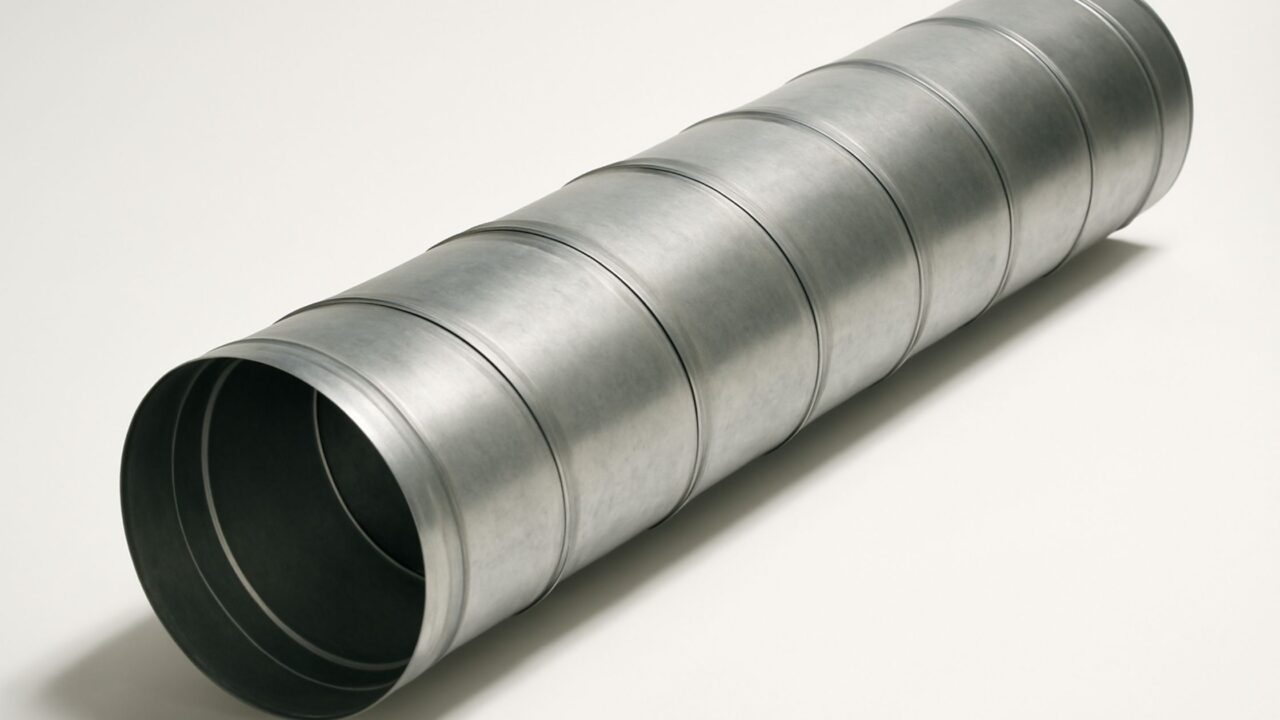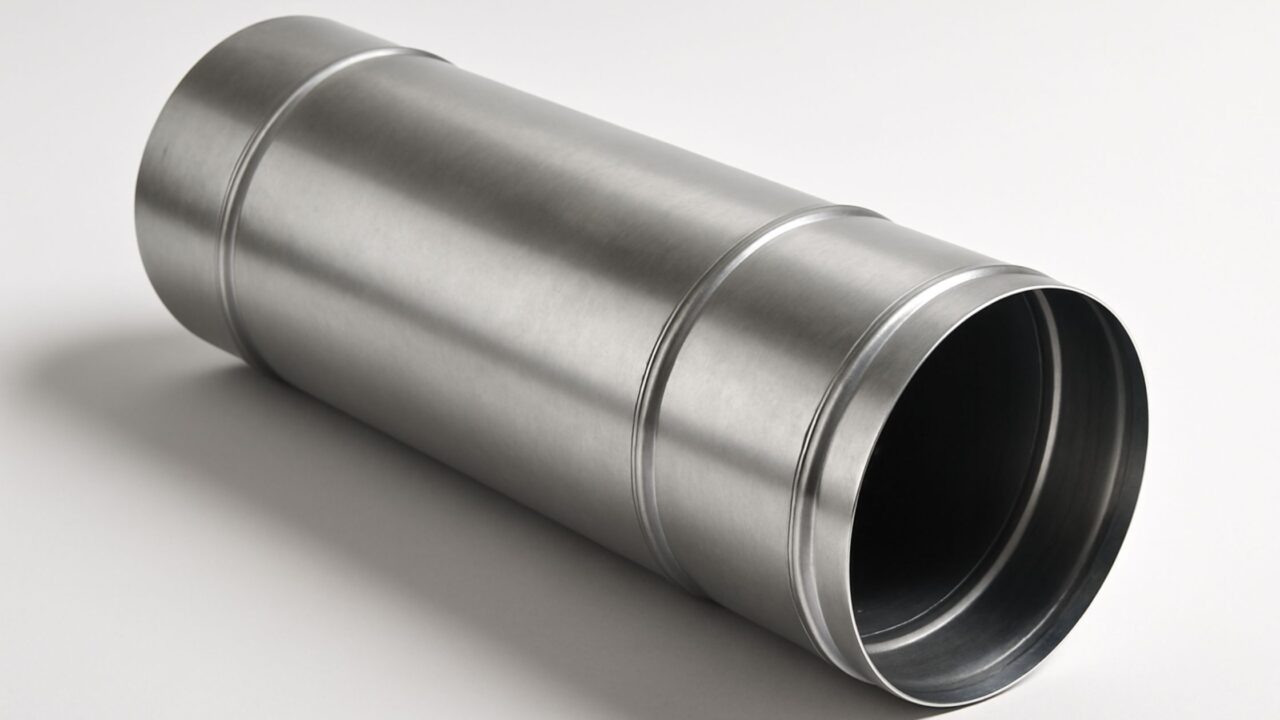When planning an HVAC system, the choice of duct material plays a significant role in determining energy efficiency, durability, maintenance requirements, and overall system performance. Selecting the right material ensures your ducts can handle the environmental conditions, airflow requirements, and budget constraints of your project.
Here in this blog, we share the most common duct materials and explain how to choose the right duct material for your application.
1. Galvanized Steel: The most widely used material for commercial and residential HVAC systems. Galvanized steel is a steel sheet coated with zinc to prevent rusting. Galvanized Steel is best for Commercial offices, retail spaces, and residential buildings where durability and long life are essential.

Advantages:
- High durability and strength
- Suitable for both supply and return air ducts
- Available in multiple gauges and coating options
- Good for fire resistance
Limitations: Heavier than aluminum, making installation slightly more labour intensive, and requires proper sealing to prevent leaks.
2. Aluminum: Lightweight and corrosion-resistant, aluminum ducts are ideal for certain environments. Aluminum Ducts are best for Marine facilities, industrial plants, or coastal buildings.

Advantages:
- Easy to transport and install due to its lightweight
- Naturally corrosion-resistant — perfect for humid or marine areas
- Can be fabricated into complex shapes
Limitations:
- More expensive than galvanized steel
- Requires thicker sheets for the same strength as steel
3. Stainless Steel: Highly durable and corrosion-resistant, often used in specialized applications. Stainless Steel Ducts are best for hospitals, laboratories, food processing plants, and industrial applications with harsh chemicals.

Advantages:
- Exceptional resistance to corrosion and chemical damage
- Long service life
- Handles extreme temperatures well
Limitations:
- High initial cost
- Heavier than aluminum
4. Fiberglass Duct Board: Rigid panels with a foil exterior and fiberglass insulation inside. Fiberglass Duct Board Ducts are best for Indoor residential and office spaces where noise reduction is important.

Advantages:
- Built-in insulation for thermal and acoustic control
- Lightweight and easy to cut into shape
- Reduces fan noise
Limitations:
- Not as durable as metal ducts
- It can deteriorate over time if exposed to moisture
5. Flexible Ducting: Made from a metal coil covered with plastic and insulation, flexible ducts are designed for short runs. Flexible Ducting is best for Short connections in residential HVAC systems.

Advantages:
- Easy to install in tight spaces
- Low material cost
- Good for connecting diffusers to rigid ducts
Limitations:
- Higher friction losses than rigid ducts
- Not suitable for long runs
Factors to Consider When Choosing Duct Material
- Environment – High humidity or corrosive environments require corrosion-resistant materials like aluminum or stainless steel.
- Budget – Galvanized steel is cost-effective, while stainless steel and aluminum cost more but last longer in harsh conditions.
- Weight & Installation – Aluminum and fiberglass are easier to install than steel.
- Noise Control – Fiberglass duct board helps dampen noise.
- Air Velocity & Pressure – Higher velocities may require sturdier materials to prevent vibration and damage.
- Maintenance Needs – Smooth, durable materials like steel or aluminum are easier to clean.
Whether you are installing ducts in a small office or a large industrial plant, taking the environment, budget, and performance requirements into account will ensure your HVAC system runs efficiently for years to come.
For your next project, partner with Degree Day, a trusted ducts manufacturer and HVAC consultancy firm with over 25 years of industry expertise delivering solutions that combine quality, efficiency, and reliability.

